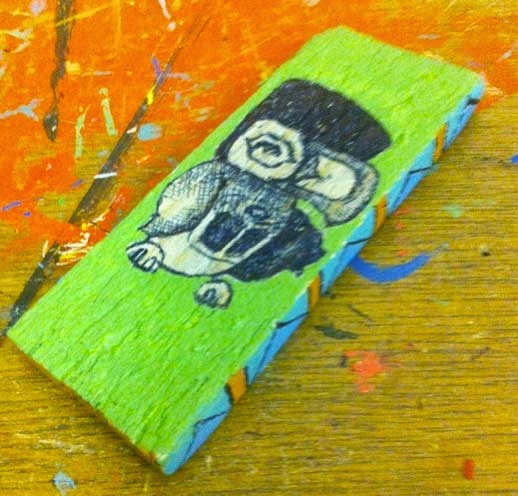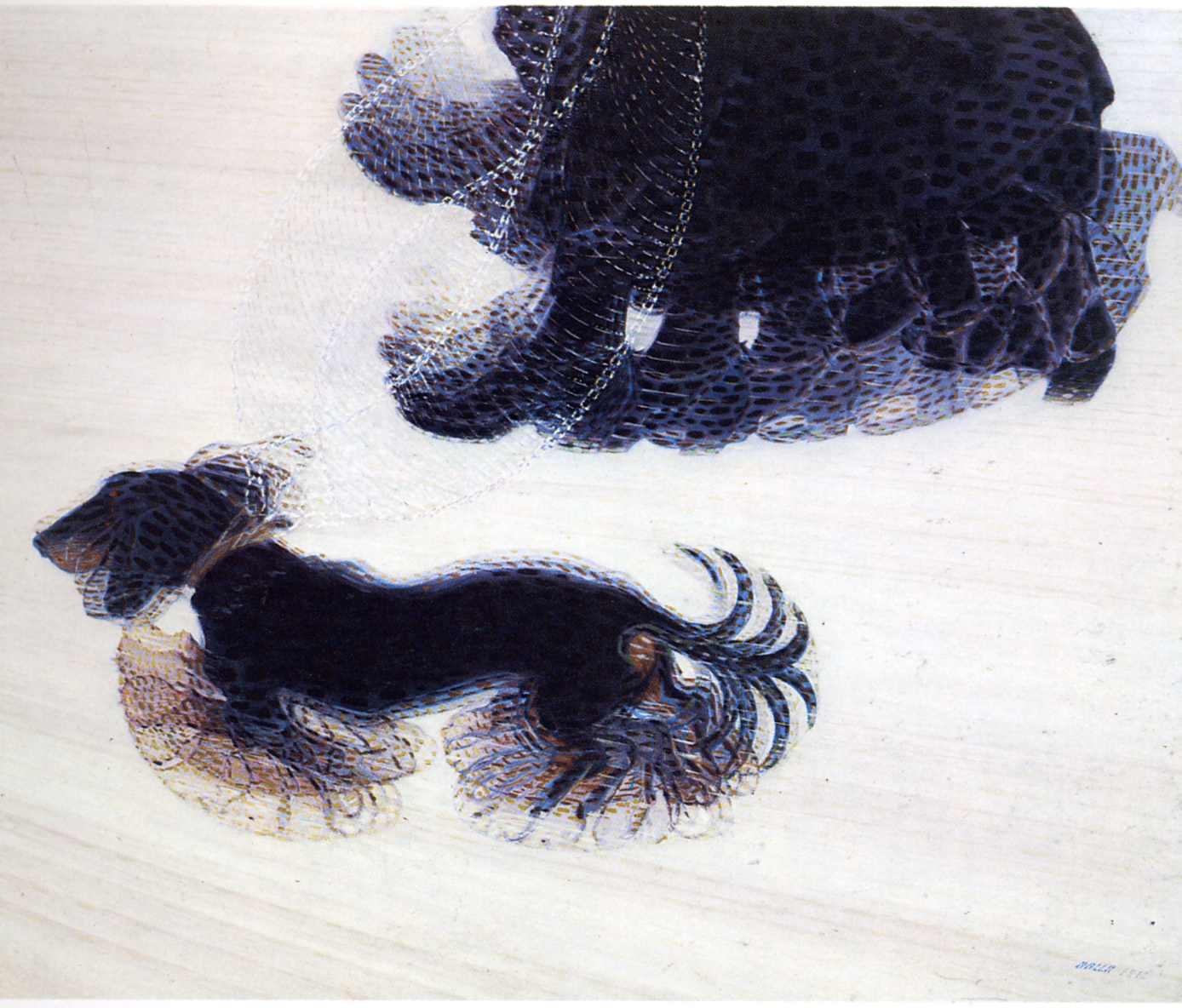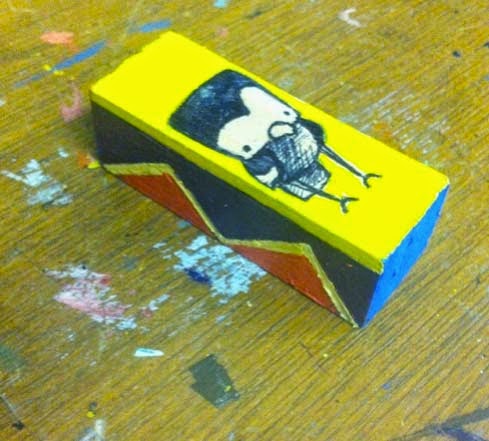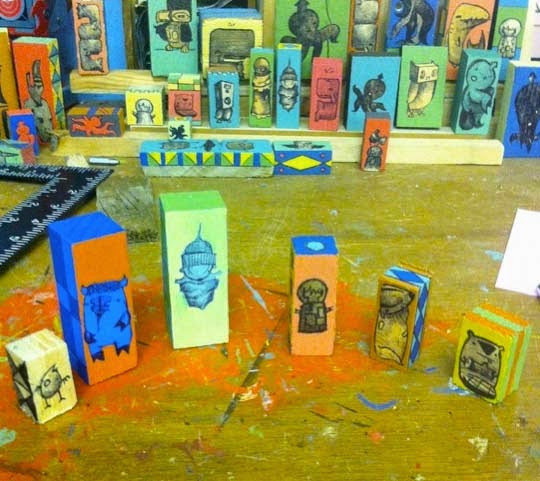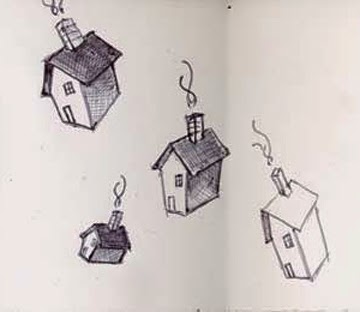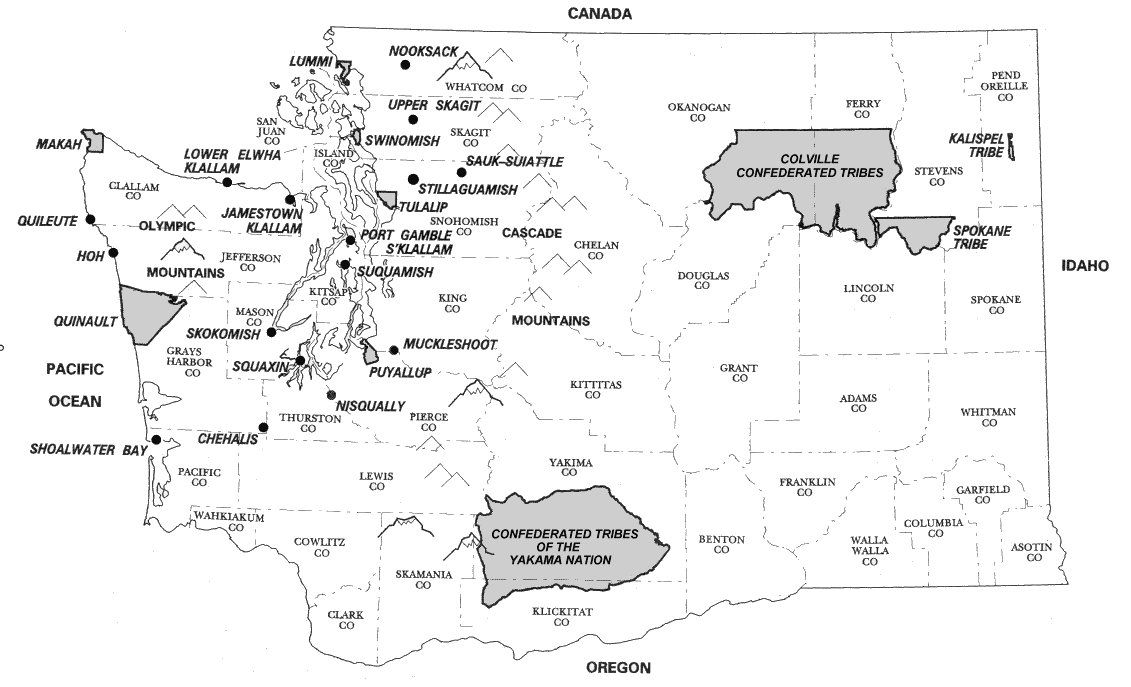My preparations for Picnic have been progressing well. While the majority of my days involve juggling the schedule of an infant, I have still been able to spend a good portion of time in studio and an even better portion of time drawing. The difficulty of having a small family is obvious. There is so very much to do. We are very much into the attachment parenting philosophy, so when the little man requests attention we are rapt.
Over the weekend my wife and I made a trip out to Vinalhaven, the island that she is from, to visit her godparents. I was concerned that I would get nothing done, but I can say on two counts that this is not the case. I both managed to draw out seven new totems and create a new character based on a design decorating the door of an armoire in the side room where we slept and made it through a hefty portion of the Sirens of Titan, a Vonnegut book that I purchased in one of my favorite book stores which I always visit before getting on the ferry.
The Sirens of Titan traverses a land without feeling, the need for breath, or the need for family. Men and women are taken away to Mars and separated from their families. Small antennas are placed in peoples’ heads so that they can be shocked every time they begin to remember anything. This brings an entirely new meaning to the Zen sort of principle that there is only the now. It’s a good read for the workaholic in me. I feel as though this entity entirely controlled by remote and separated from the things in life that matter is not that far off from the human being that I become when I trap myself in my studio for too long. Oddly I had been kicking and screaming about this trip, wanting to spend more time in studio and what I actually realized is that was one of the most important times to spend with my family, on an island, resting and enjoying the company of some very compelling and compassionate individuals. The drawings that I completed on the island reflected a patience that I think I am sometimes missing.
I am attempting to reach 100 small totems for the Picnic festival. I don’t think there is much chance of me making it there as I make my drawings and mock ups more and more complicated, but I do think that the work that I show will be of a great quality and there is definitely over fifty of the totems now. It is pleasant to find inspiration in my surroundings. It is obvious that one might, however it is very easy to get lost within the studio mind, rehashing ideas and observing nothing of importance. I thank my wife for allowing me an escape from my studio mind.
Here are some photos of some of the more recent totems.
These two birds are based on the character that I saw on the armoire on the island. I don’t feel like any of my characters have this much grace and yet these birds were by no means a copy of the birds on the armoire, merely influenced by the motion. I feel like one of these birds would do well in a painting referencing Giacomo Balla’s Dynamism of a Dog on a Leash pictured below. Something to do with the plumage in the tail mimicking the dog’s tale and the master’s feet, but I am not sure how yet. It is just lodged in my temporal lobe waiting for the time being.
This last bird is based off of some drawings of Petroglyphs from the Haida in the Pacific Northwest, however one of Courtney’s friends pleasantly pointed out to me that it looked like an Angry Bird. I hope that that is not the only thing that this bird reminds people of. The pattern on the side is based on a fabric that my wife bought to make household goods with.
I am really pleased with the work that I have been creating of late. It is good to have my wife to make me step out of my own head every once in a while.
Peace
-Mike
Ps Here’s a cute photo of my boy.

